On July 1, 2022, India's plastic ban comes into effect, but it also faces difficulties in enforcement. A large number of businesses face fines, and businesses say we need transition time. In fact, not only India, in many countries the implementation of the plastic ban has encountered varying degrees of difficulty, coupled with recurring epidemics to economic and livelihood priorities, resulting in what seems to be more reason to delay implementation.
India's plastic ban: vision and reality
In terms of environmental protection, India has taken another major step forward: banning the production and use of 21 types of single-use plastic products. This, together with the Indian carbon reduction program announced last year, forms the foundation of what India is trying to achieve in terms of environmental protection, and the vision that India is trying to pursue in terms of environmental protection. However, in the process of concrete implementation, reality often makes these visions greatly diminish, thus presenting the greatest realities of India's economy and society.
1、Shocking plastic pollution
In India's financial center, Mumbai, both urban and suburban counties, plastic pollution can be seen everywhere, and can be described as completely alarming.
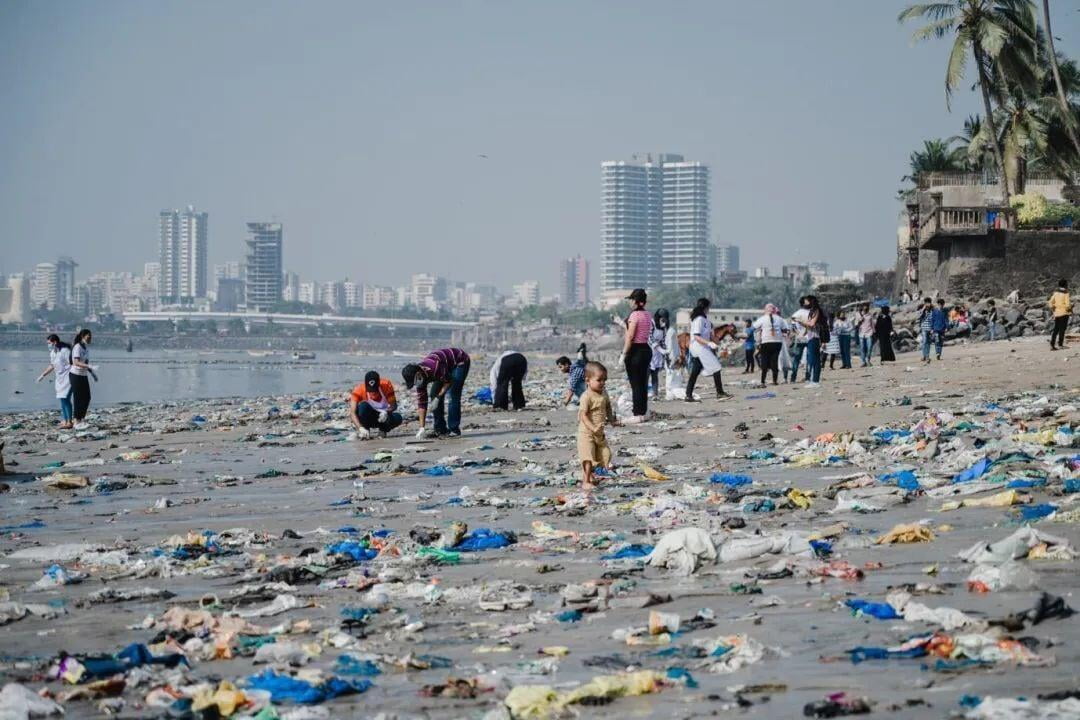
Plastic garbage everywhere on the beach in Mumbai
India Gate is a famous tourist attraction in Mumbai, situated on the beach, next to the famous five-star hotel, the Taj Mahal. India Gate is spectacular, the Taj Mahal Hotel is luxurious and beautiful, but in stark contrast, a few meters away from the sea black and shiny, has lost the color of the normal body of water. At the same time, in these heavily polluted waters, countless beverage bottles are floating unchecked and a large number of plastic wrappers are floating and sinking.
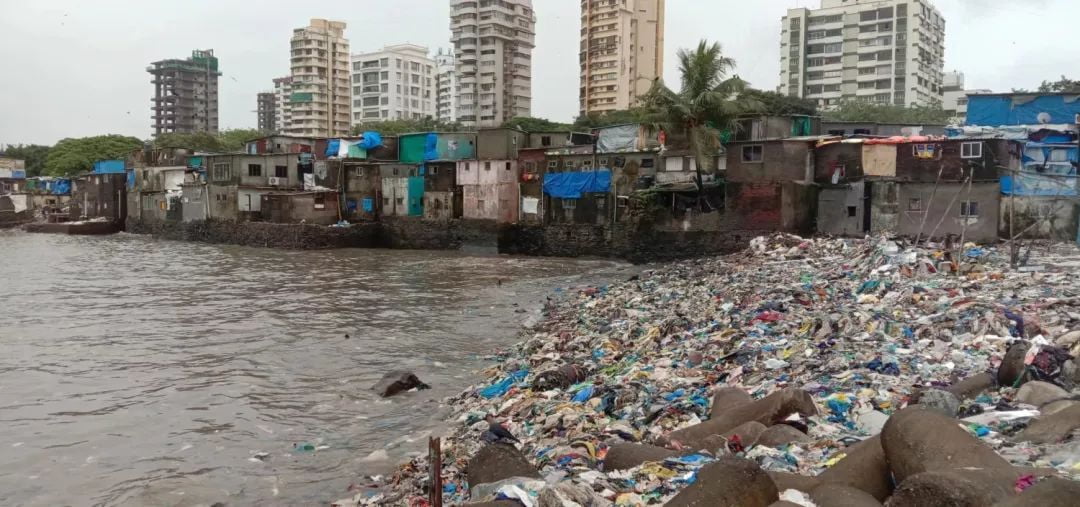
Mountains of plastic waste on the South Mumbai seafront
The Promenade is another tourist attraction in Mumbai. The 3-kilometer-long promenade is naturally curved like a necklace, which is why Mumbaikars call the promenade "the Queen's necklace". When darkness falls, the street lights of the promenade start to shine, and visitors will feel like they are in a dream. But the big deal is the same dark water and the same plastic bottles that are everywhere, constantly reminding visitors that this is India.
India's plastic pollution has reached the point of no return. The Indian government said in April that India produces 3.5 million tons of plastic waste each year. The Center for Science and Environment, a nonprofit research organization based in New Delhi, estimates that the true figure for plastic production in India should be higher.
The Indian government has decided to change this situation and fight against plastic pollution. As of July 1, India banned the production and use of 21 single-use plastic products, including plastic cups, plates, cutlery, ice cream bars, candy bars, straws, wrappers and polystyrene. In fact, India has been acting since last year. India banned the use of plastic bags less than 75 microns thick last year. By the end of this year, the thickness of less than 120 microns of plastic bags will also be banned.
India will say "goodbye" to single-use plastics within a few years and will work to develop environmentally friendly alternatives and efficient methods of collecting and disposing of plastics, Prime Minister Narendra Modi said at the United Nations Convention to Combat Desertification Conference of the Parties in 2019. "The choices we make today will define our common future. The choices may not be easy. But through awareness, technology and true global partnership, I believe we can make the right choices. Let's work together to beat plastic pollution and make this planet a more livable place." Modi said.
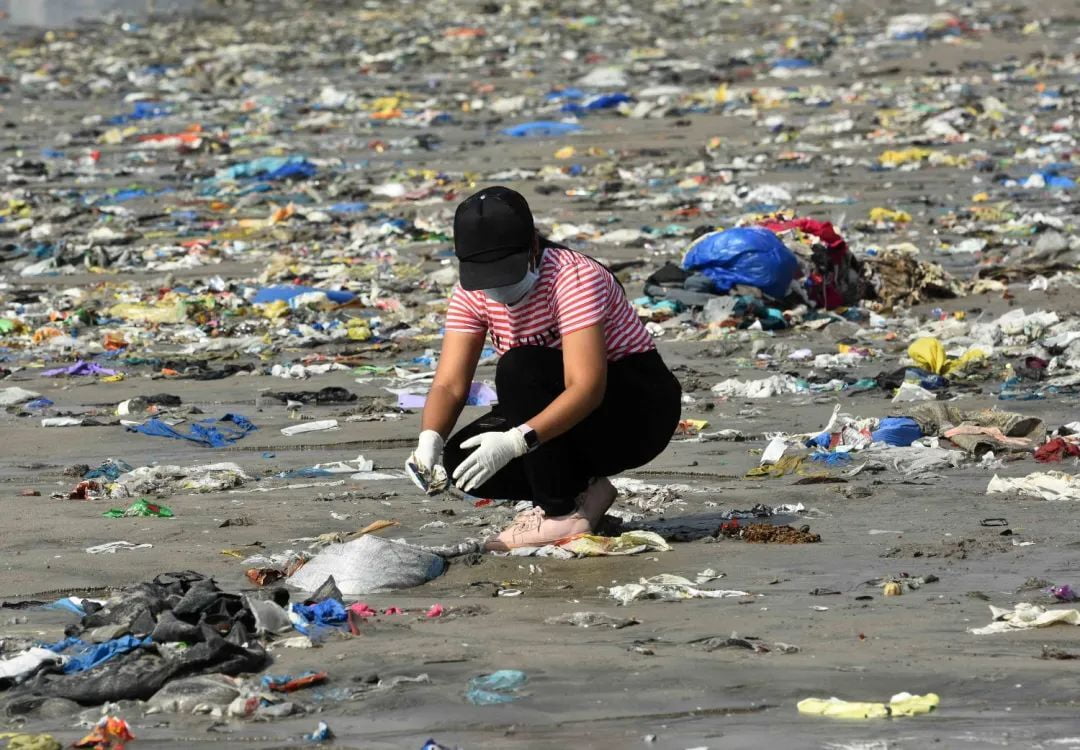
A college student in Mumbai volunteers to help clean up trash on the beach
"Plastic itself is not the enemy, the problem is the large amount of waste plastic that is thrown around in the environment. These plastic wastes remain in water and soil for a long time, are not easily decomposed, and slowly turn into microplastics - first into our food and then through food into the human body, which is extremely harmful. We now list these plastics that are banned because they are difficult to recycle and are much more harmful." An official from the Ministry of Environmental Protection said.
2、Already discounted the ban on plastic
In order to make the ban on plastic does not bring more production and life inconvenience to residents, to ensure that the relevant ban can be successfully implemented in practice and better implementation, the Indian government has taken the initiative to this ban "discount" a lot. In terms of timing, the Indian government originally promised to introduce a plastic ban in 2022, but it was not until July 2022 that the ban was officially introduced, already six months later than scheduled.
In terms of content, the Indian government's current plastic ban only focuses on those more difficult to recycle single-use plastics, and is still a long way from a total ban on plastic. The plastic drinking water bottles floating on the sea in front of India are not prohibited. Satish Sinha of the environmental group Toxic Links describes the projects the Indian government has chosen to ban as "easy targets". "In the single-use plastics industry, the production and sale of these items is negligible. The largest share of single-use plastics is packaging - up to 95 percent of single-use plastics fall into this category. The low value and low turnover of the plastic items currently selected by the Indian government are unlikely to have a large economic impact, which could be a contributing factor. Even so, it's a new beginning for India." Satish Sinha said.
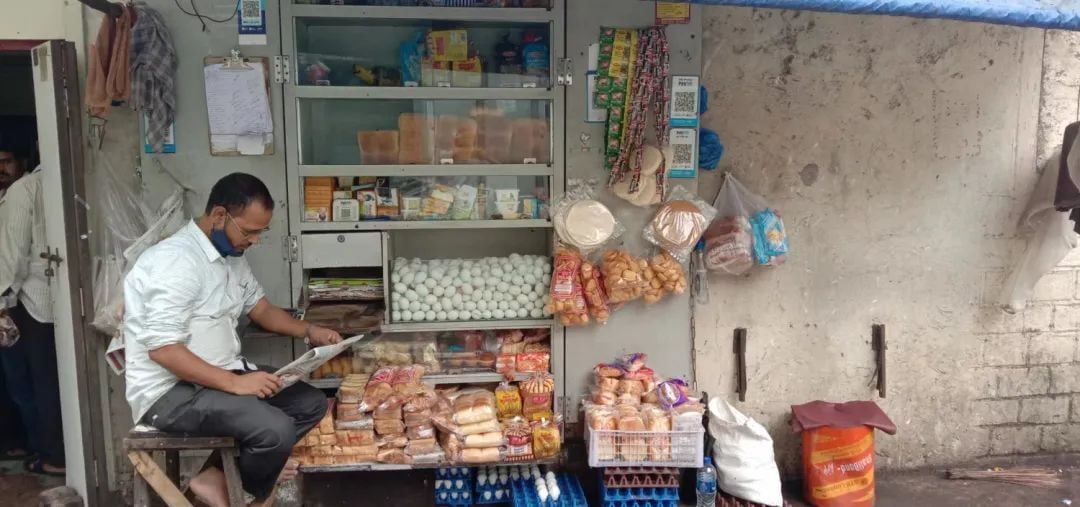
A small roadside store selling bread and eggs in South Mumbai
But even so, this ban on plastic also makes the public, business production and life affected. In SAHAKARI BHANDAR, the only lifestyle supermarket in South Mumbai, the plastic bags previously provided free to customers have been replaced by a paper bag. "Paper bags are not strong and very inconvenient, especially in the rainy season." One customer said. NATURE BASKET, a high-end supermarket in South Mumbai, stopped providing customers with plastic bags many years ago and replaced them with a kraft paper bag, which is environmentally friendly and avoids the easy breakage of the usual paper bags.
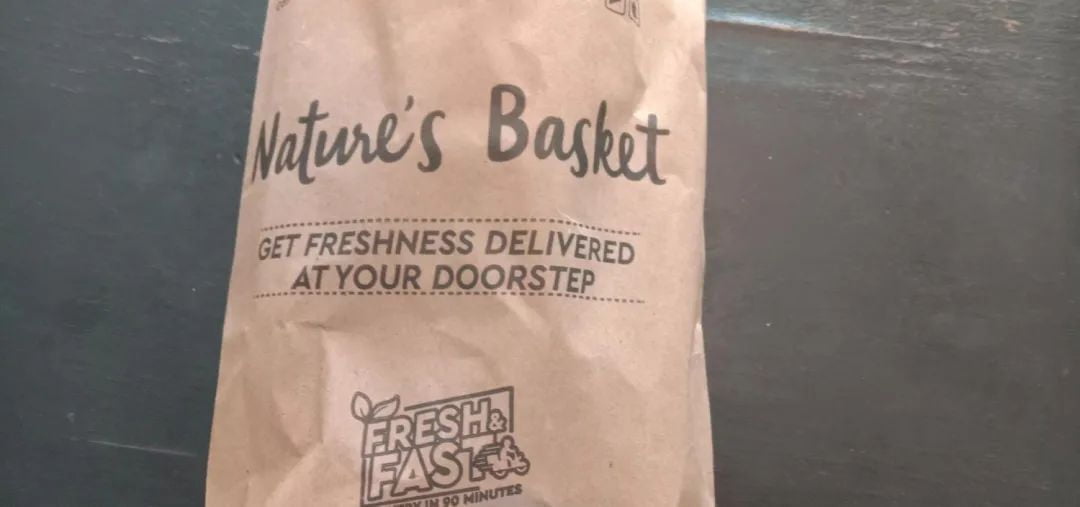
Kraft paper bags used in NATURE BASKET supermarkets
However, it is basically impossible for the average supermarket, roadside store and roadside stall in Mumbai to replicate the NATURE BASKET experience. NATURE BASKET can fully cover the expenditure of kraft paper bags by increasing the selling price of goods, those who compete with the price to win the consumer's roadside stores are unlikely to pass on this additional expenditure caused by the ban on plastic. "Under the new regulation, we can no longer use plastic bags as before, and paper bags are one of our possible options. A sturdy paper bag is about 8 rupees, whereas before, with this 8 rupees you could buy 20-25 plastic bags now." said the owner of a roadside store in South Mumbai.
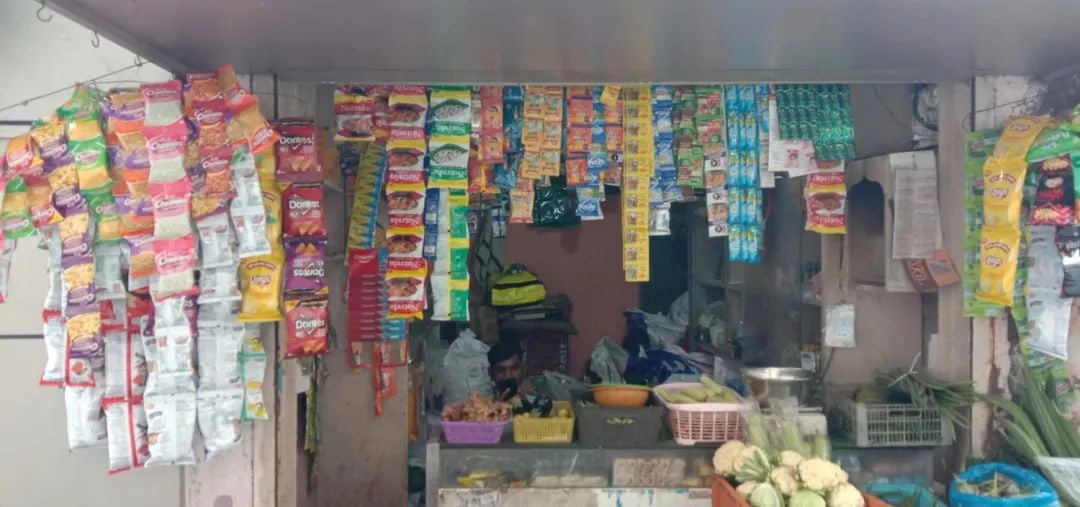
A roadside store selling small snacks and vegetables in South Mumbai
3. Reality: This is India
There is a slang expression in India: "This is India", which can be used either to express approval, meaning imaginative performances and acts that mean nothing, or to express the helplessness and compromise of life. When you can't understand the chaotic traffic and littering in India, Indians can easily solve the problem by saying "This is India".
By and large, Indians will also use the phrase "this is India" to explain the unattainable results sought by this new ban. The new plastic ban has been in place for more than a week, and in South Mumbai's roadside stores, food markets and other establishments, those single-use plastic bags are still being used as usual, with no impact of the policy visible at all. This has nothing to do with the timing of the new plastic ban. Previously, India's Mabon and New Delhi, one of the country's richest economic regions and the other its capital, had both implemented plastic bans, both to no avail. It is hard to believe that this time will be any different.
There are many similar examples. 2020 saw the implementation of three major agrarian reform bills to increase farmers' autonomy in India, but these bills were eventually scrapped after continued protests by farmers.
New recruitment reforms implemented in India this year, which shortened the length of service for Indian youth from 17 years to four years, were put on hold amid widespread national protests.

